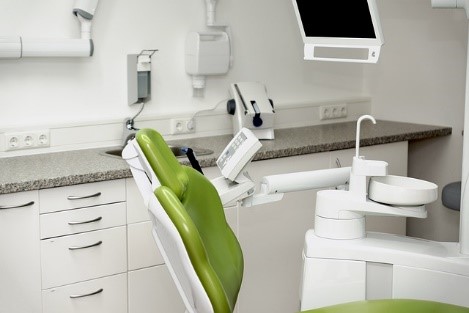Bleaching Your Teeth at the Dentist Office- Three Points to Consider

Are you one of the many people who do not like the color of their teeth? Well, if you want to whiten your teeth, the first step is a proper dental examination. The dentist will take X-ray pictures of your teeth to know the exact reason for discoloration. The best person to take advice from is your dentist. The most natural-looking shade of the tooth is the one that creates a match between the whites of the person’s eye and the whiteness of teeth. Let us now look at the three factors you should consider before bleaching your teeth.
Bleaching will cover up the problem.
Before bleaching, the dentist will do your teeth’ physical examination and take x-ray pictures. This test will determine the need for a treatment depending on the reason for discoloration. Teeth can get discolored because of abscessed teeth, root canal problems, and decay. One important point to note here is that bleaching will only cover the problems and not resolve them. The dentist will also take some aesthetic considerations like the portion of your teeth and gums visible while smiling. Short teeth with a gummy smile do not look good with bleach because of accentuation of the gummy smile due to white teeth. The results are not ideal in the case of exposed tooth roots.
Types of Procedure
Different procedures to whiten teeth at the dentist office open near me are:
1. In-office whitening
2. At-home bleaching done with custom-made plastic trays known as nightguard vital bleaching
3. Over-the-counter (OTC) products.
Each method differs from another based on the technique used, bleaching solutions concentration, and the duration of the treatment. The in-office whitening is the strongest of all three methods. So the dentist takes many precautions to avoid the contact of the gums with them. Are you wondering which procedure to opt for? To compare the three methods, the following study results will be helpful.
The study shows that ether is necessary for a six-shade change, three in-office uses of 38% hydrogen peroxide, seven days of 10% carbamide peroxide used at home every night in a custom-made tray, or 16 everyday applications of 5.3% hydrogen peroxide on a strip. The most effective, safest, and best-researched whitening treatment available out there is a 10% carbamide peroxide treatment. While making the treatment choice, other factors you should consider are preferences, finances, and lifestyle. One important thing to remember is that whatever method you opt for at the dentist office open near you, you will achieve the same whiteness if given enough time to work.
Also, it is better to understand that not all teeth reach the same whiteness. Your teeth will not whiten beyond a certain maximum whiteness. This limit will not change according to the technique or material used. Peroxide chemical used in bleaching passes through the outermost layer of teeth, enamel, and middle layer dentin to the innermost segment pulp within 5 to 15 minutes. This chemical will change the genetic color of the enamel and dentin and remove all marks. Opaque teeth will become more opaque on bleaching, but a translucent tooth may not whiten at all on bleaching. To improve the appearance, a tooth-colored filling material, known as composite, is placed on the tongue side.
Age of the person
The majority of the front adult or permanent teeth grow by ten years. So, one can bleach their teeth after that. The milk or baby teeth are already white. They are bleached only when they suffer from a color-changing trauma and are not diseased. You can consider the whitening procedure even with the younger children rather than waiting for the new teeth to grow.
Young people often suffer from sensitivity. People over 45 years can look up to 10 years younger after teeth whitening. You can bleach teeth at any age as long as there is no visible root exposure. In such a case, you will have to consider some other cosmetic treatment at the dentist’s office near you. Take some precautions before beginning the bleaching procedure if you have sensitive teeth.
